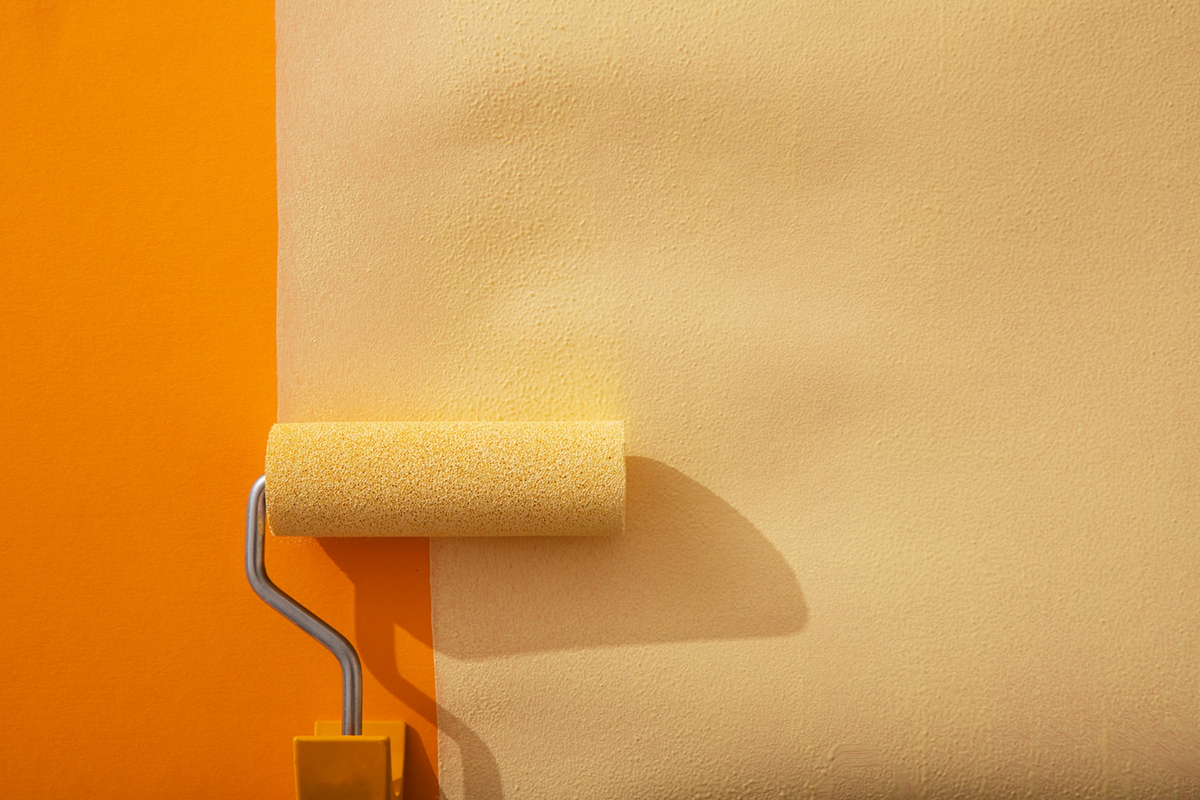How Weather Can Affect Your Exterior Paint Job

An exterior paint job can dramatically refresh your property’s appearance, bring it up-to-date or enhance its curb appeal. However, weather plays a significant role in how your fresh paint job will cure and settle. Knowing how different weather conditions can impact exterior paint will help you make an informed choice in the seasons you choose to schedule your paint job. In today’s post, we will delve into the effects of weather on exterior paint, how to choose the right time to commence a painting project, and preventative measures to ensure the longevity of your shiny new coat of paint.
Humidity
Humidity is particularly troublesome for exterior paint jobs, as it affects the curing and drying processes of the paint. Too much moisture in the air means the paint will not have the hard finish it needs to withstand the extreme weather elements it will encounter. Wet paint can also lead to issues such as bubbles, cracking, and peeling, among others. Hiring a professional commercial painting company with experience in humid climates can mitigate the potential problems humidity poses.
Heat
Exterior paint jobs need a particular temperature range during the entire process of curing and drying, typically between 45-90°F. Extreme heat, especially direct sunlight, may adversely affect the curing process. Paint can dry prematurely upon application, limiting its bonding capacity to the surface, and leading to cracks, peeling, or blistering. Before scheduling an exterior paint job, it is essential to check the forecast for such weather conditions and ascertain whether it will affect the paint job.
Cold Temperatures
Just like extreme heat, cold temperatures can adversely affect the painting process, with paint drying quicker than it can bond to the surface. A sudden drop in temperature, such as an unexpected freeze, can bite into wet paint, hindering its hardening, and cause cracking or peeling. A professional commercial painting contractor will be conversant with the effects of cold temperatures on exterior paint and will factor that during your consultation.
Wind
It is not always easy to predict when the wind will pick up during an exterior painting job, and this can present a range of issues. Large gusts of wind can cause soil and dust particles to stick to wet paint, leaving it looking patchy and uneven. Wind can also cause paint to dry too quickly, which could ultimately lead to cracking or peeling.
Rain
Painting during rain is practically a no-go. Not only is it difficult to paint a wet surface, but the heavy raindrops can smudge or affect the coat of paint. Moreover, rain can cause humidity, which affects the curing and drying processes of the paint. It is best to wait until the weather conditions improve before continuing with the painting project.
Conclusion
A successful exterior paint job needs good planning so that you get an optimal experience and finish. Proper timing for exterior painting is crucial, so avoid the cheaper price tags of shady painting companies who do not take into consideration how weather conditions can affect your exterior paint. At LakeStone Painting, we do not compromise on our customers’ satisfaction. We are an experienced commercial painting contractor in Winter Springs, highly skilled in managing the weather challenges that Florida may bring. Contact us today for a free consultation and let us put our paint expertise on the line for your property.